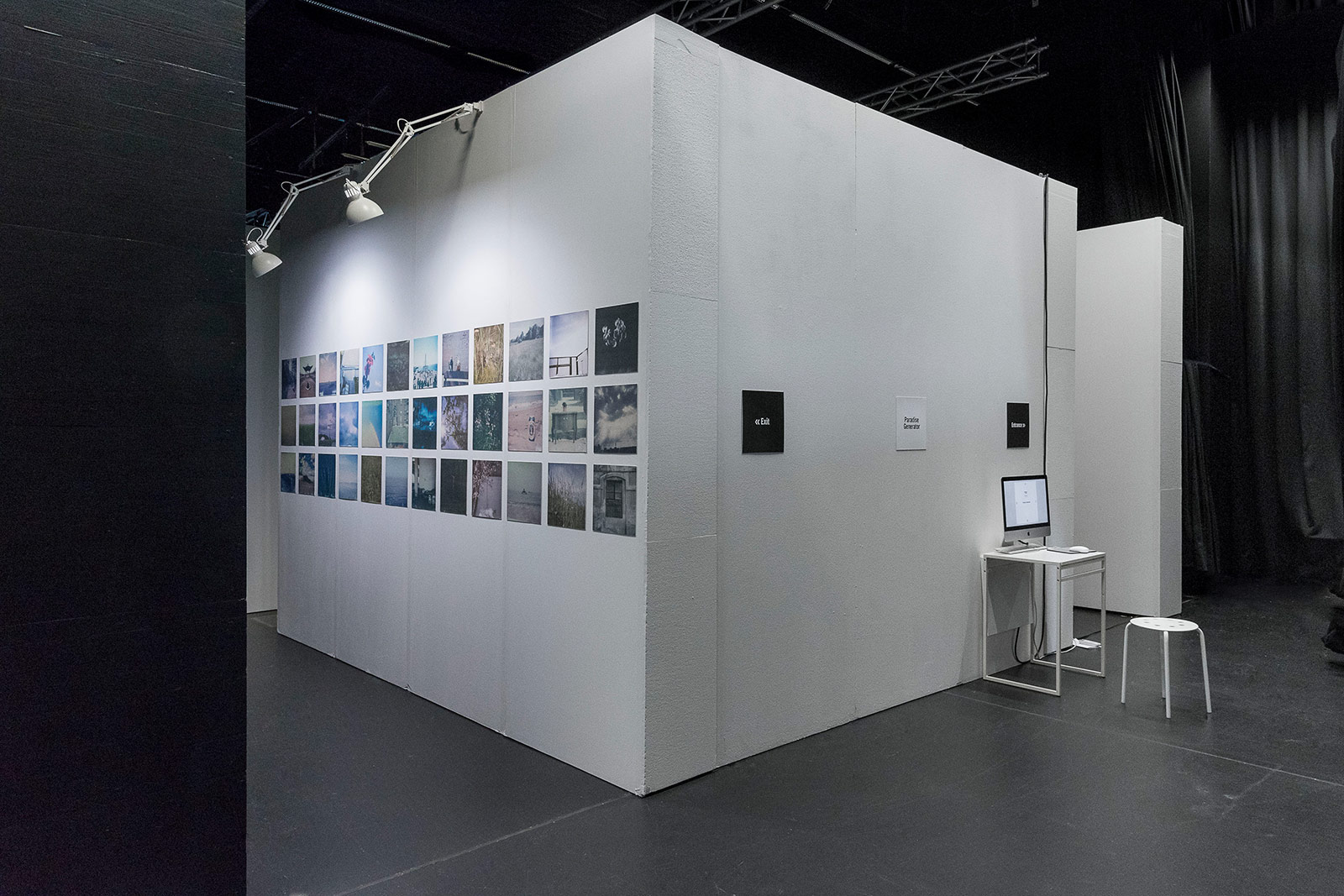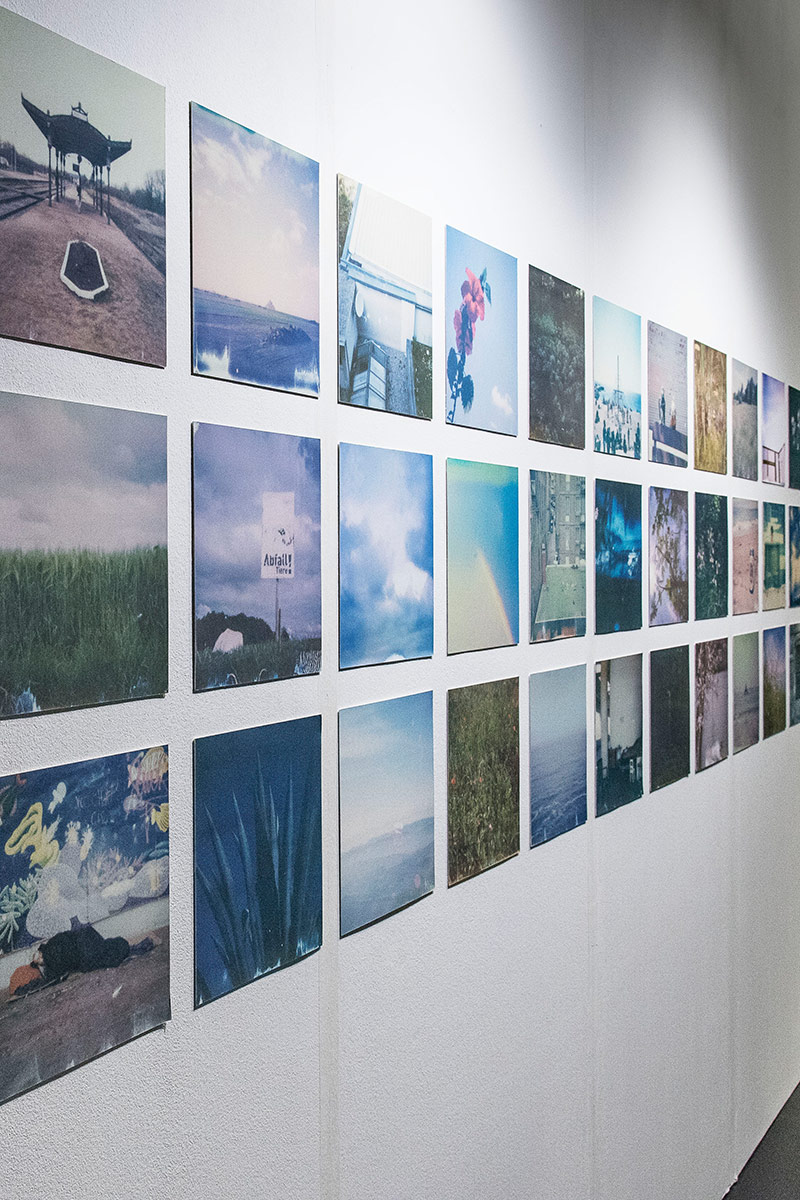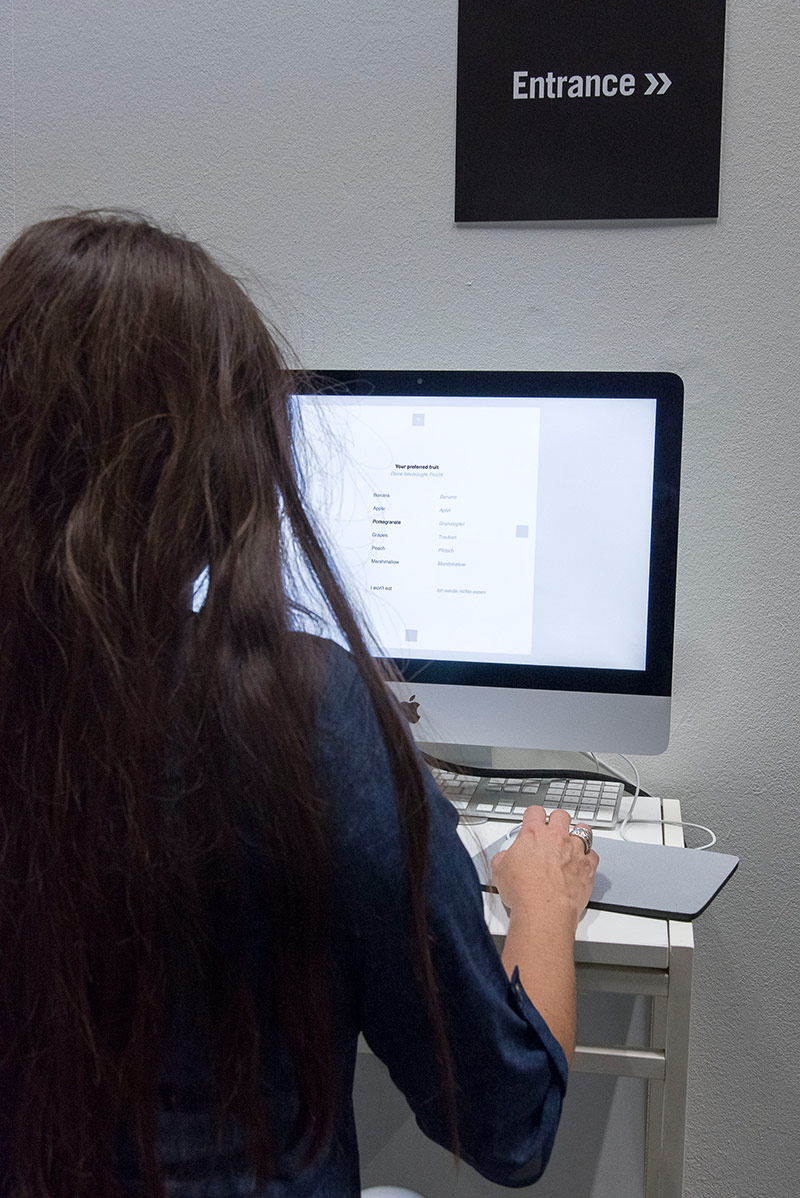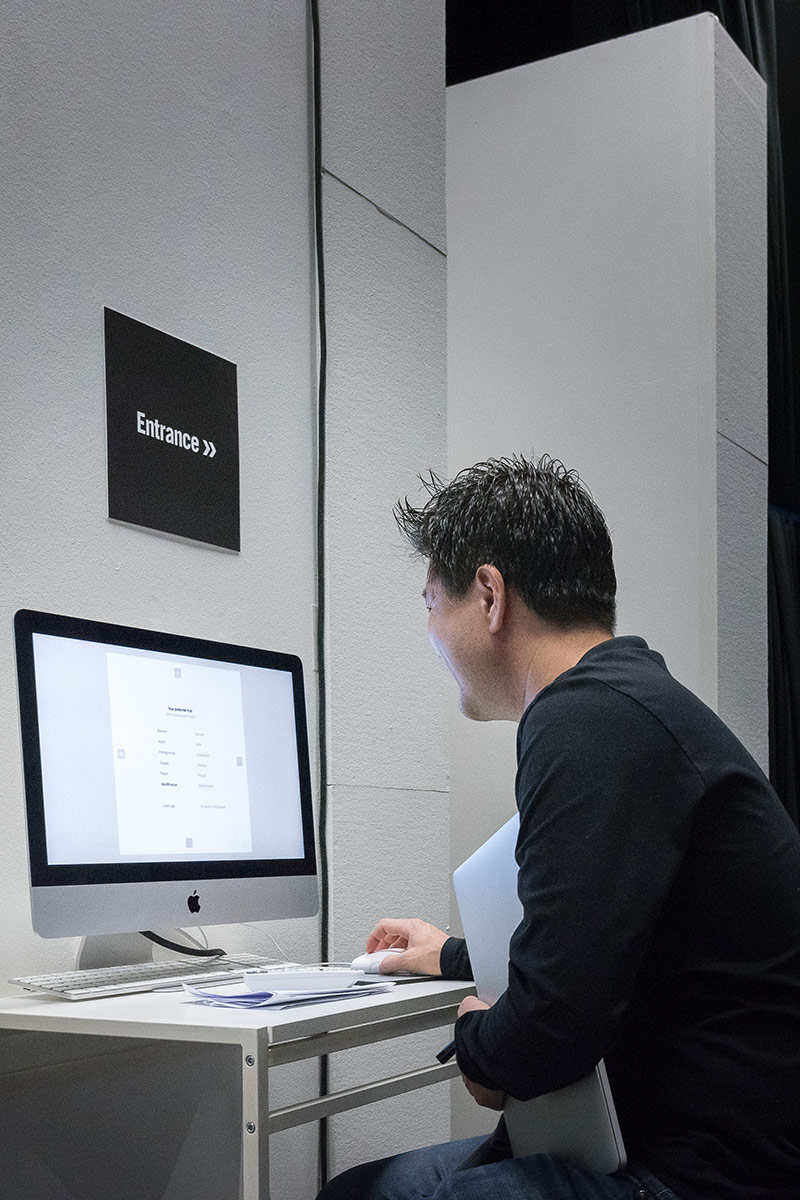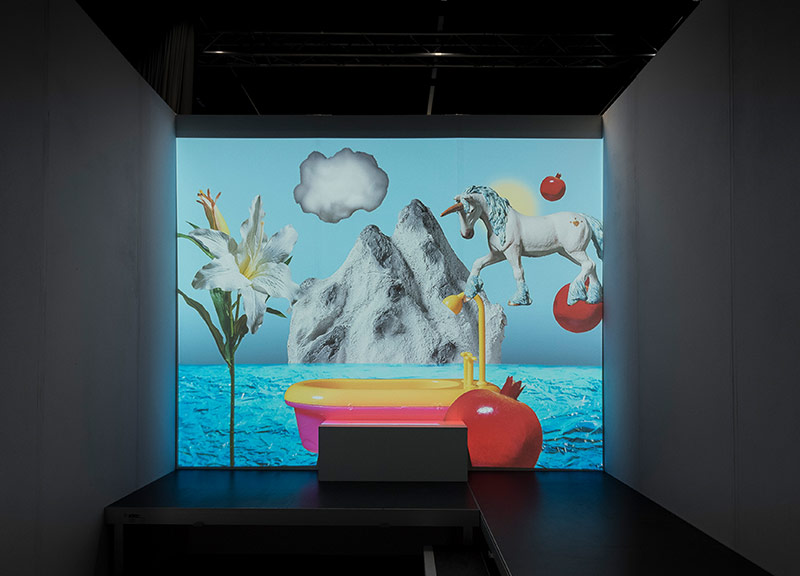Visuelle Kommunikation / Master
Eva Stählin
«Paradise» – And Man created Paradise in his Images
How is Paradise, a place removed, yet connected to reality, visualized? What pictorial icons have become references to Paradise? In my theoretical paper I follow the historical development of paradisiac imagery and its progress towards our current understanding. While the word plainly refers to the Persian ‹walled enclosure› («pairidaeza»), throughout history it‘s concept has changed from a religiously defined protological place of origin and/or lieu of resurrection for the faithful, (living in harmony and proximity to God), to a state invoking ultimate bliss. The design of Paradise depends on individual and social circumstances and tells us thus, as a counter-world, about perception of reality and experienced constraints. Although individualized, it is still a concept expressed often through stereotypes and it’s promise a tool of power and manipulation. For my practical work I have worked with imagery referring to elements of Paradise and collected texts. In the «Paradise Generator», after your input, you will encounter a playfully generated Paradise and a more individual view on the topic through personal images and texts. Berger writes: « Images were first made to conjure up the appearances of something that was absent. » Paradise, a place finally only defined in our minds, shows the strength of the imagination, yet also uncovers limitations of visual realization and expressivity.

